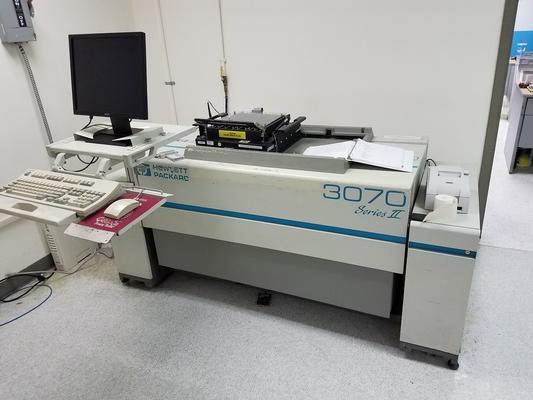
, it needs to use more board space the bead probe technology is just reversed, it wants the test point to try not to occupy the space of the board, in order to form a loop with the probe, so the solder paste is printed, let test point becomes higher, and larger diameter flat probe (50, 75, 100 mils) is used to increase the chance of contact with the test point.

This method requires a large area of test point, and then the probe must be shot like a target. The traditional ICT test method uses a pointed probe to form a loop on a circular test point. The purpose of Agilent is of course to hope that the entire electronics industry can continue to maintain ICT operations, and purchase more of its 3070 series ICT test machine from them.

The method of printing solder paste replaces the “bead probe” method of the test point. Various design and assembly challenges are showing that it is difficult to abandon the traditional ICT, and only other methods (such as AOI, AXI) to ensure the quality of the PCB assembly, so more and more Many companies are starting to use ICT again, but the space on the board will get smaller and smaller only, and there is room for test points, so smart Agilent came up with this kind of trace on the existing trace. High-Precision optical BGA Rework Station ZM-R7850A.
#AGILENT 3070 ICT MANUAL FULL#

#AGILENT 3070 ICT MANUAL OFFLINE#
Offline AOI ZM880 Automatic optical inspection.Online AOI 3D Automatic optical inspection.LED PCB Strip X Ray inspection Solution X1200.


 0 kommentar(er)
0 kommentar(er)
